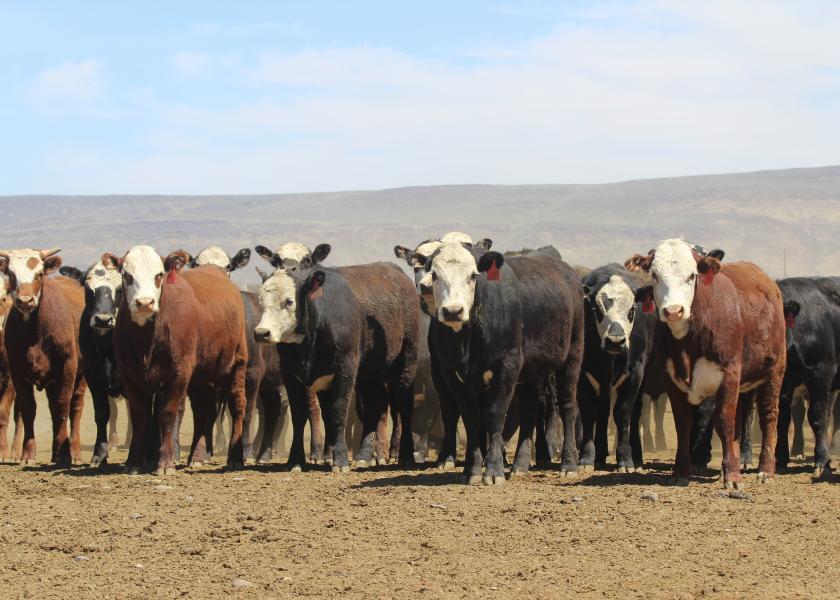Peel: Feedlots Maintain Cattle Inventories

Unexpectedly large December placements once again pushed feedlot inventories higher year-over-year on January 1. Feedlot placements in December were 106.5 percent of last year, higher than the average trade expectation and above the trade estimate range.
December marketings were about as expected at 100.8 percent of one year ago. However, with one less slaughter day in the month, daily average marketings were 5 percent higher year over year in December. The January 1 on feed total was 12.037 million head, 100.6 percent of last year. On January 1, the inventory of steers in feedlots was 0.5 percent below one year ago while the number of heifers on feed was up 2.4 percent year-over-year.
Although cattle numbers are generally declining, feedlots will try to maintain inventories as long as possible. Following a similar pattern to November, most of the increase in December placements was lightweight cattle. Placements of cattle weighing less than 700 pounds were up 9.5 percent year over year while placements of cattle over 800 pounds were up just 1.7 percent compared to last year.
Cattle producers may have helped feedlots with large December placements as rising feeder prices encouraged later and larger auction totals…at least in some regions. In Oklahoma, for example, feeder cattle auction totals for the three weeks of December sales were up 22.4 percent year over year. Feeder cattle supplies are expected to tighten considerably in 2022.
With the final numbers for December completing the year, commercial beef production in 2021 totaled 27.937 billion pounds, up 2.8 percent year over year and a new record annual total for the U.S. Total cattle slaughter (federally inspected) was 33.184 million head, up 3.2 percent over 2020. It’s worth noting that 2021 had a total of 254 slaughter days, two less than 2020 (a leap year). Total slaughter days per year vary from 254 to 256 and usually only change by one day more or less per year.
Total steer and heifer (fed) slaughter was 25.972 million head in 2021 with steer slaughter at 16.145 million head. Heifer slaughter was 9.827 million head and made up 37.8 percent of fed slaughter, the largest percentage since 2004. Total cow slaughter was 6.669 million head and accounted for 20.1 percent of total slaughter, the highest percentage since 2011. Beef cow slaughter totaled 3.562 million head, up 9.0 percent year over year.
Steer carcass weights averaged 906 pounds last year, down one pound from 2020. Average steer carcass weights exceeded average bull carcass weights (884 pounds in 2021) for the third year in a row. Heifer carcass weights averaged 831 pounds, down 1.8 pounds year over year. Cow carcass weights averaged 637 pounds, down 3.8 pounds from the prior year.
Declining cattle numbers are projected to reduce cattle slaughter by 2.5 -3.0 percent in 2022 and lead to a 2.5 percent decrease in beef production for the year. However, drought could change the timing by forcing more liquidation and slaughter sooner and delaying the decrease in production until later.
Derrell Peel Livestock Market Update from January 15, 2022 on SunUp TV. https://www.youtube.com/watch?v=3P2dqeQmjSA







